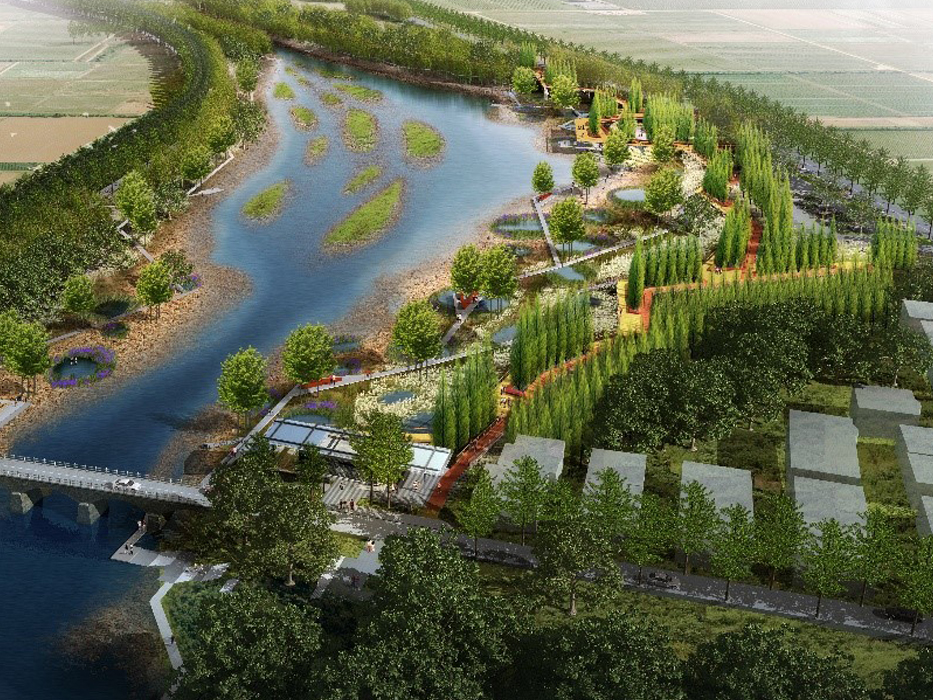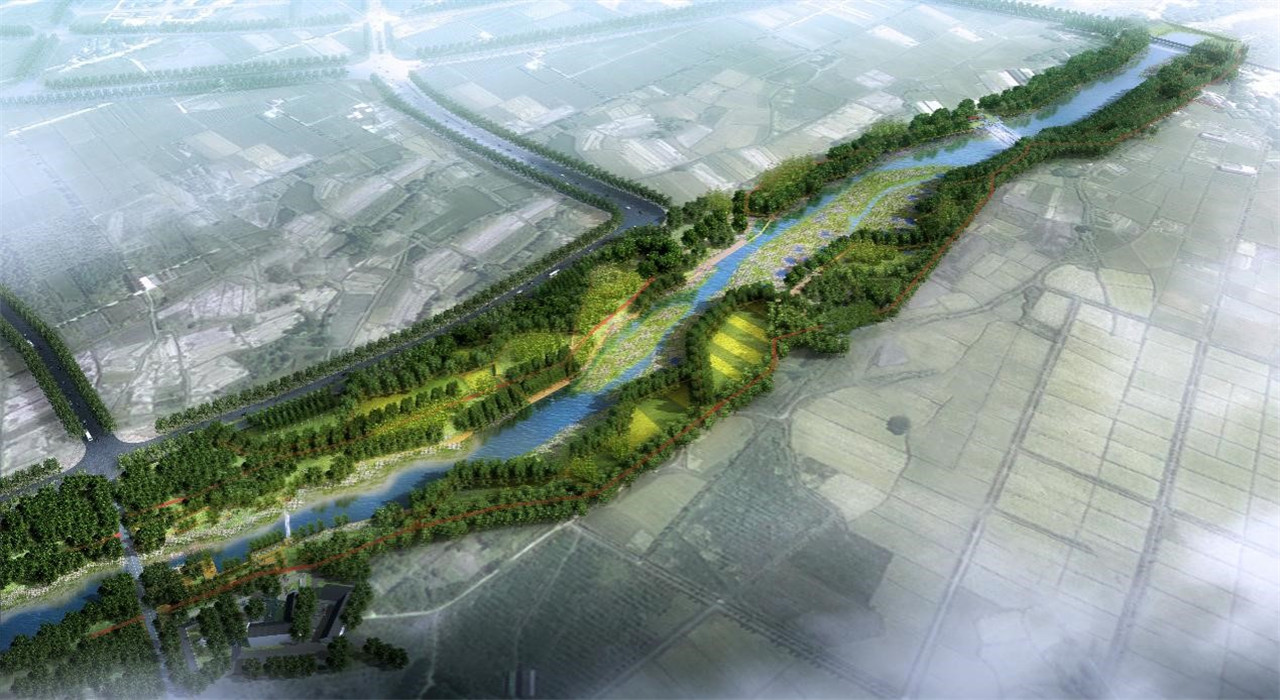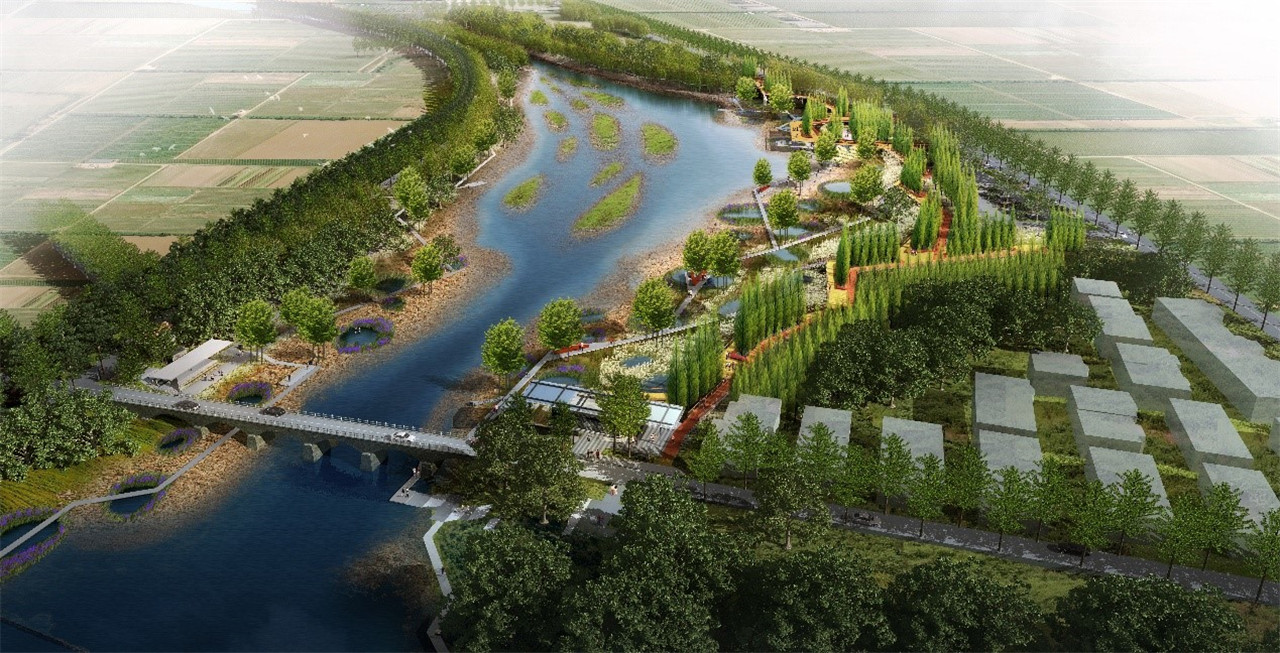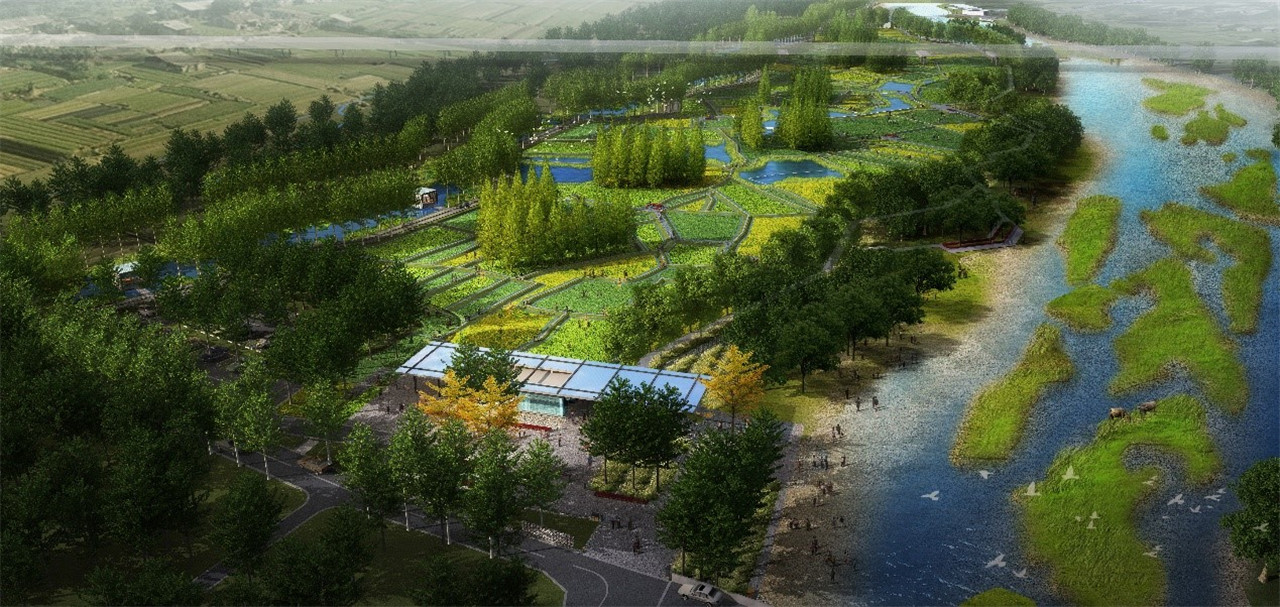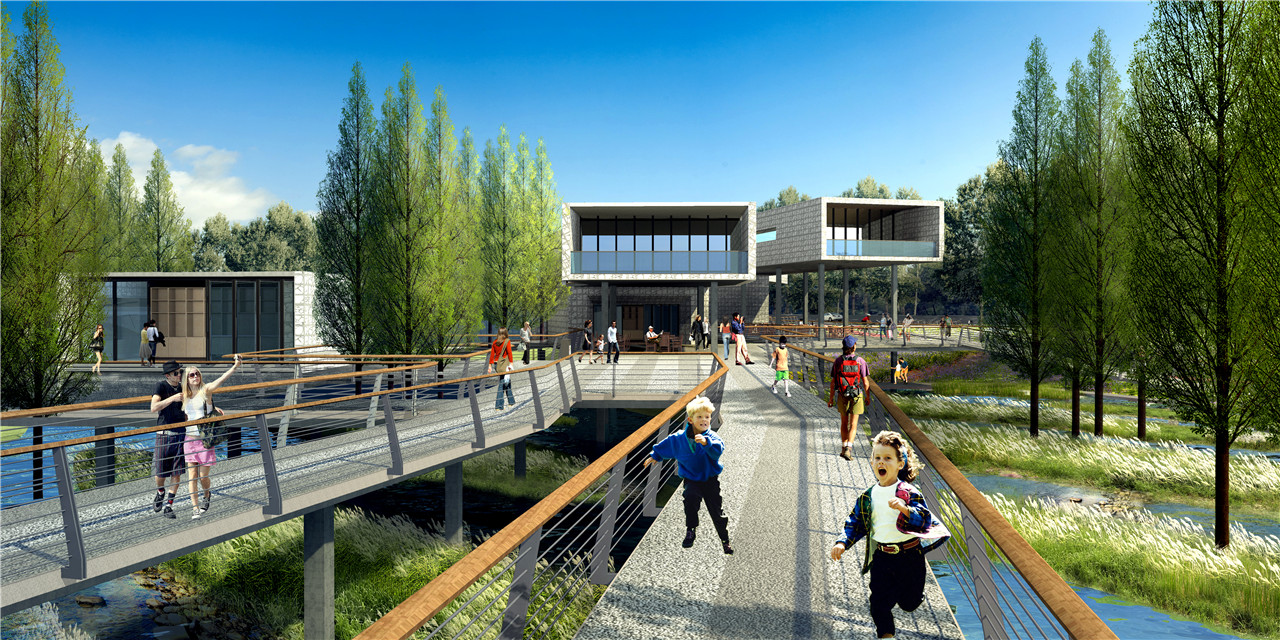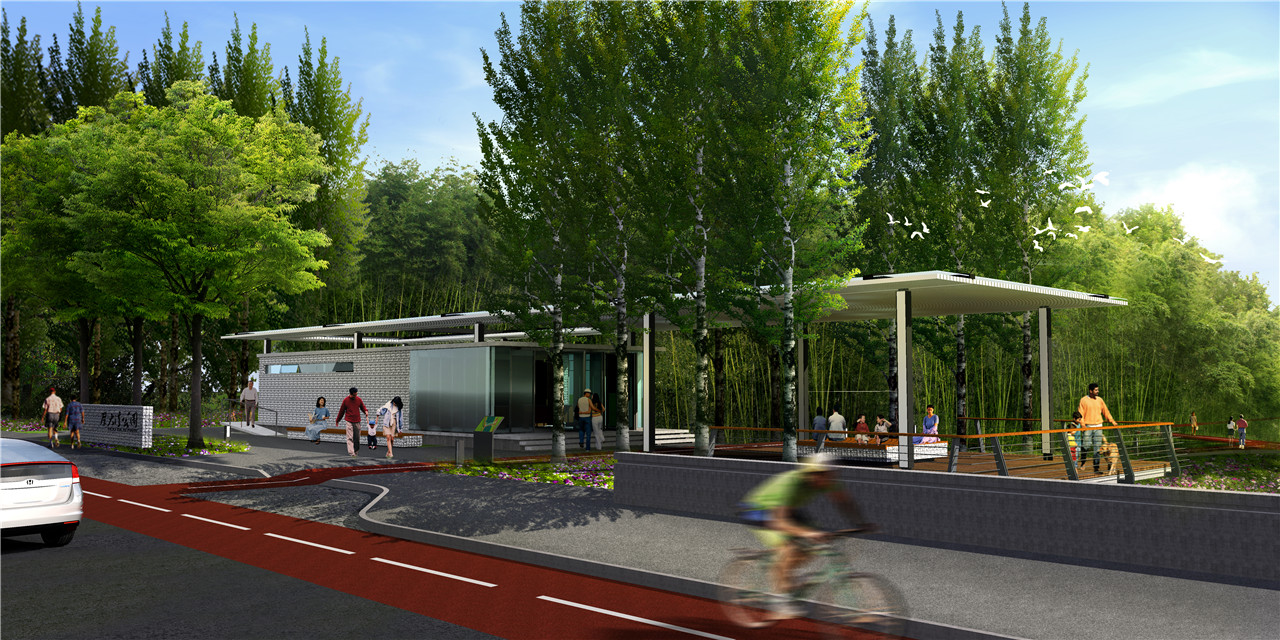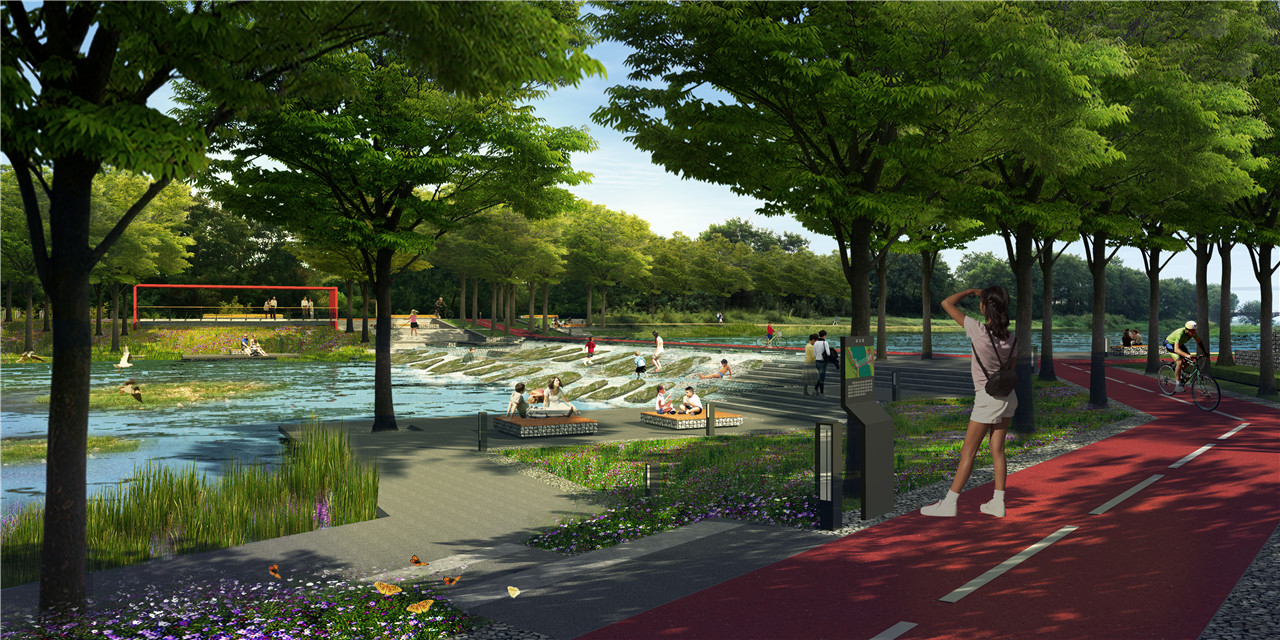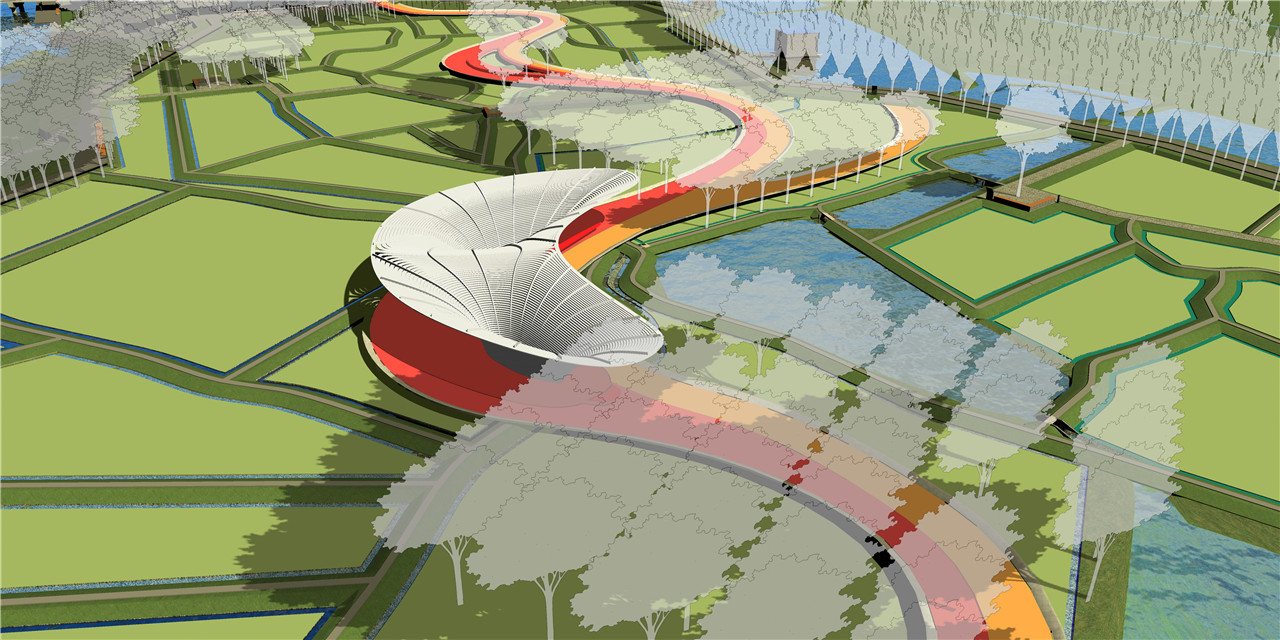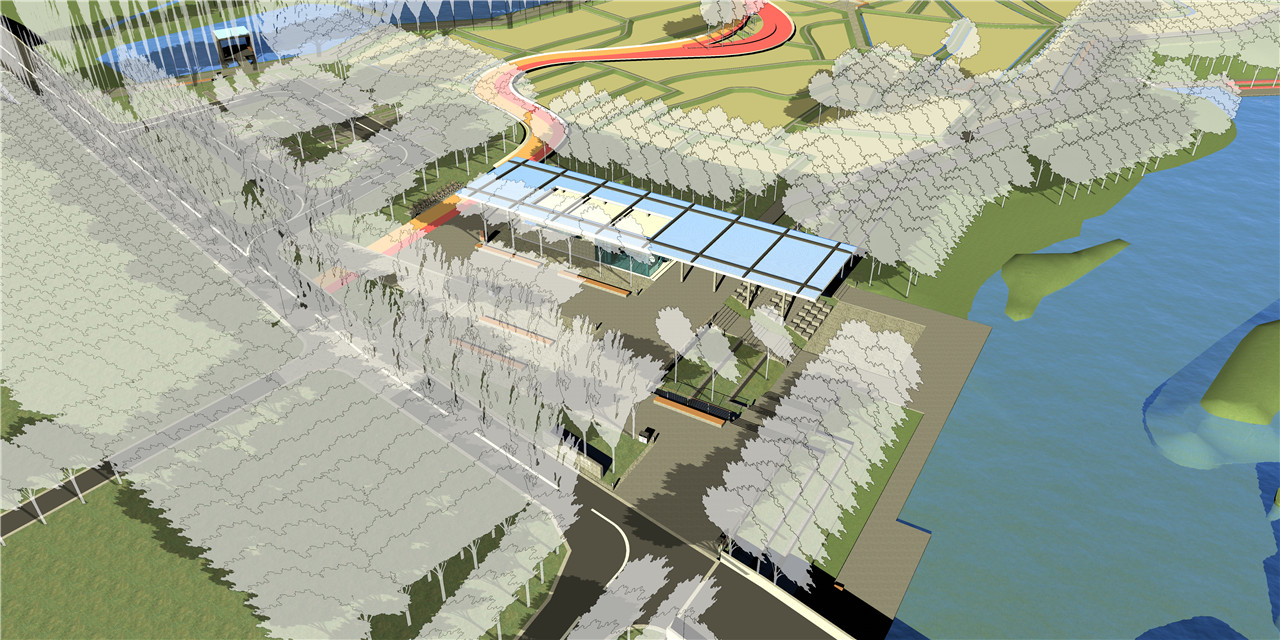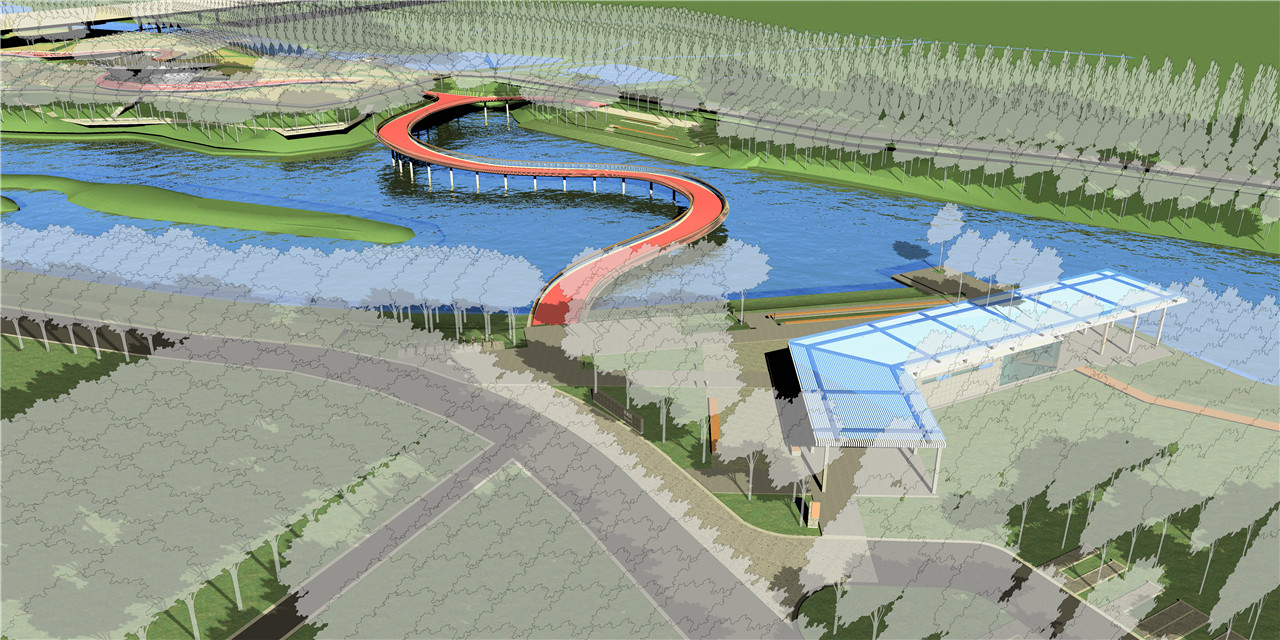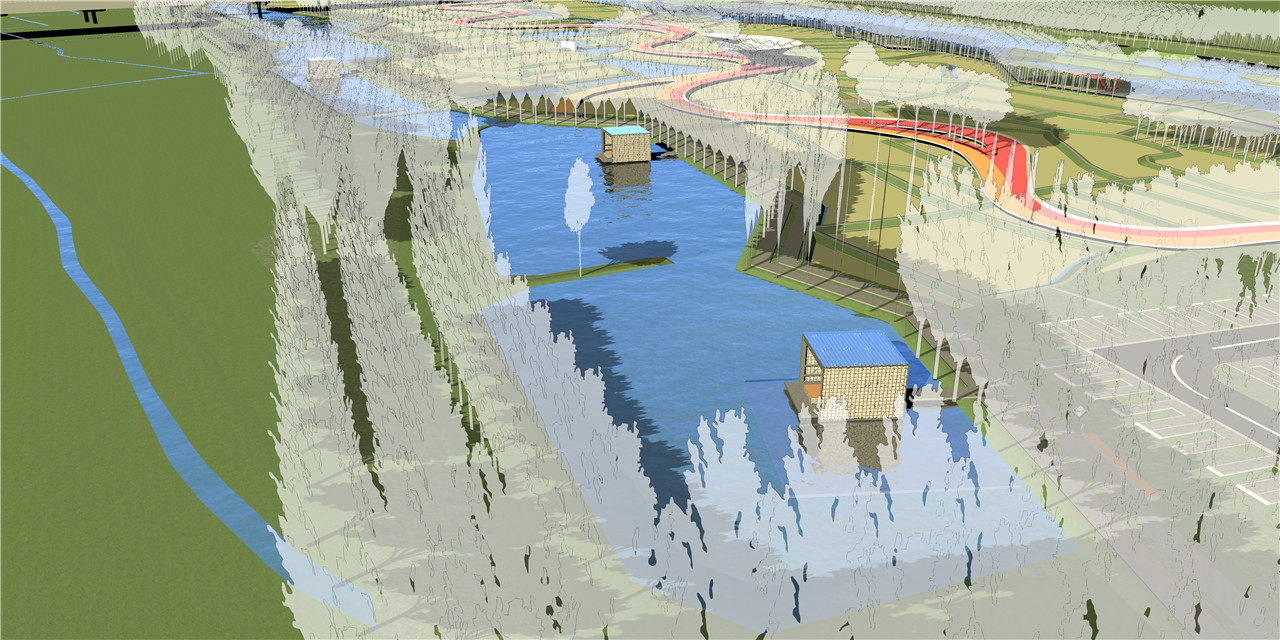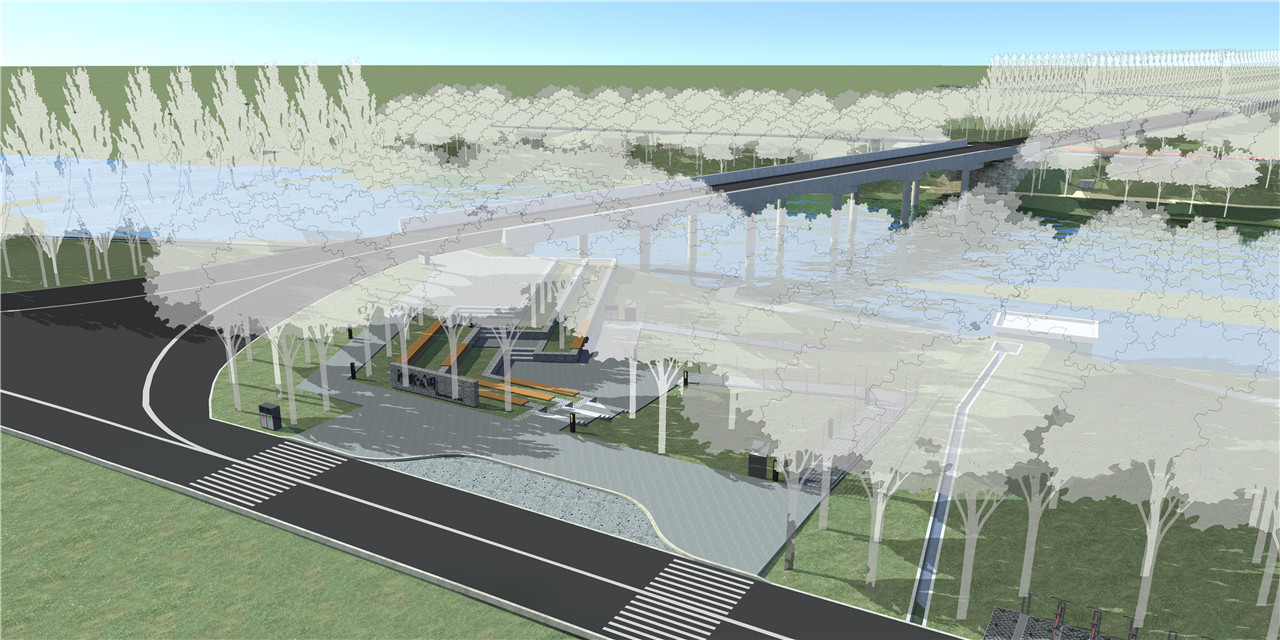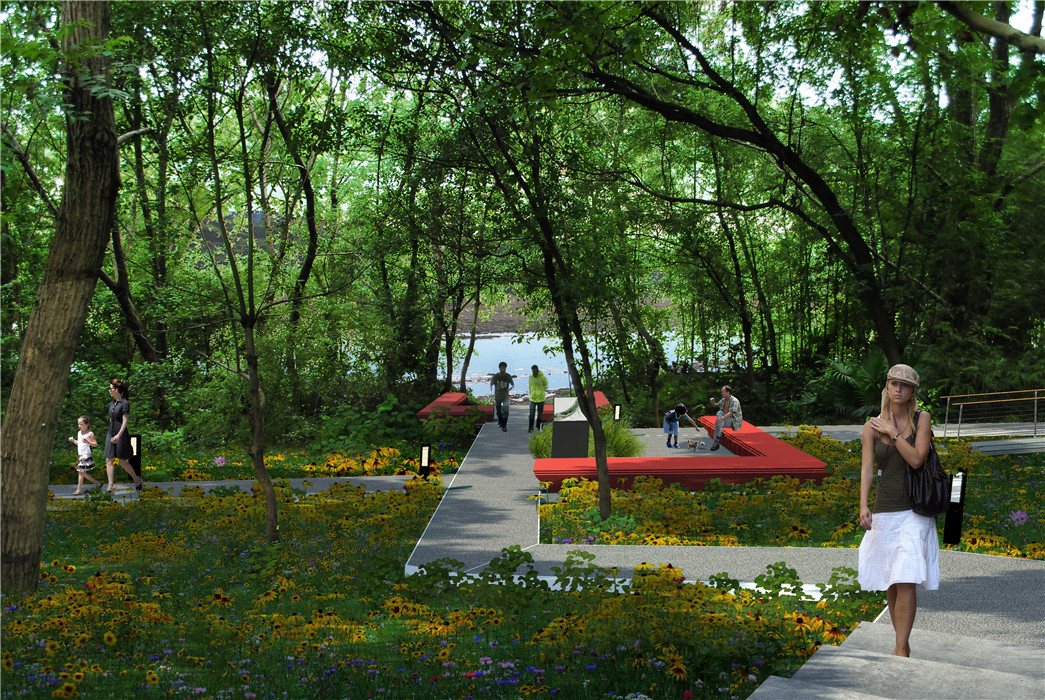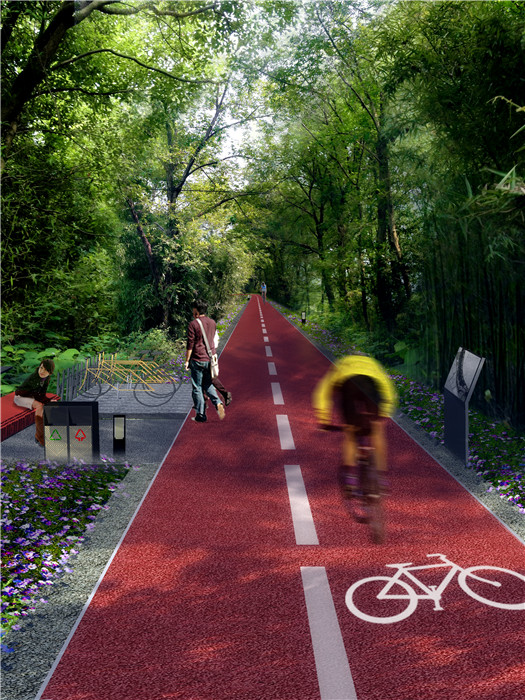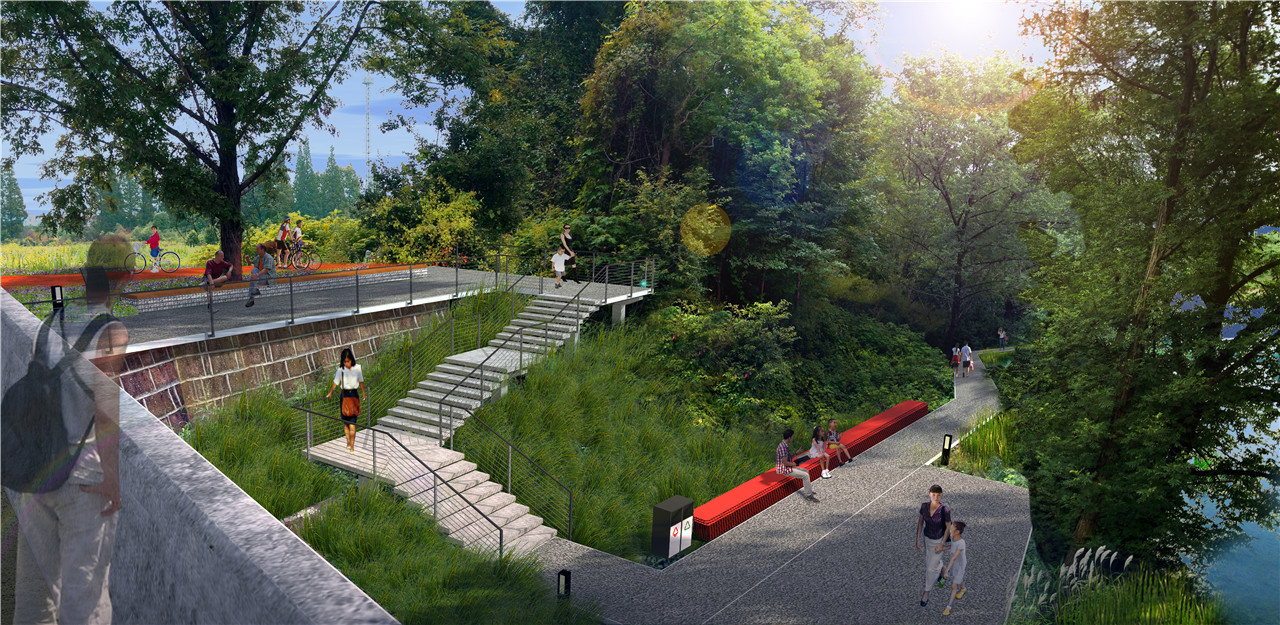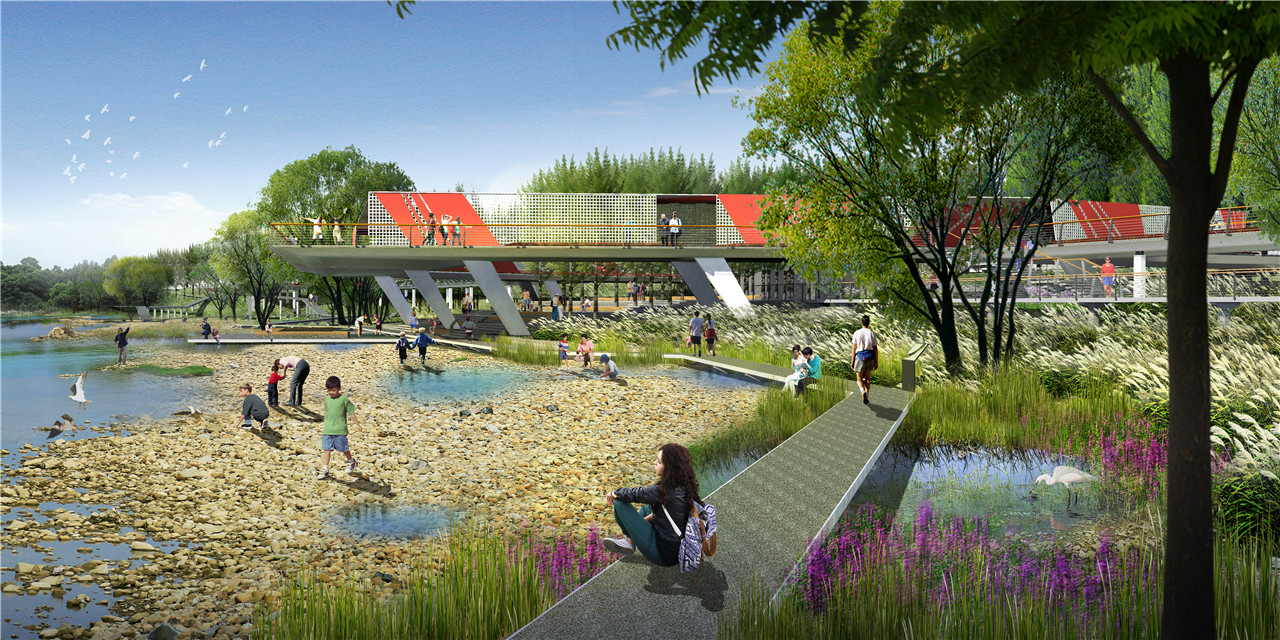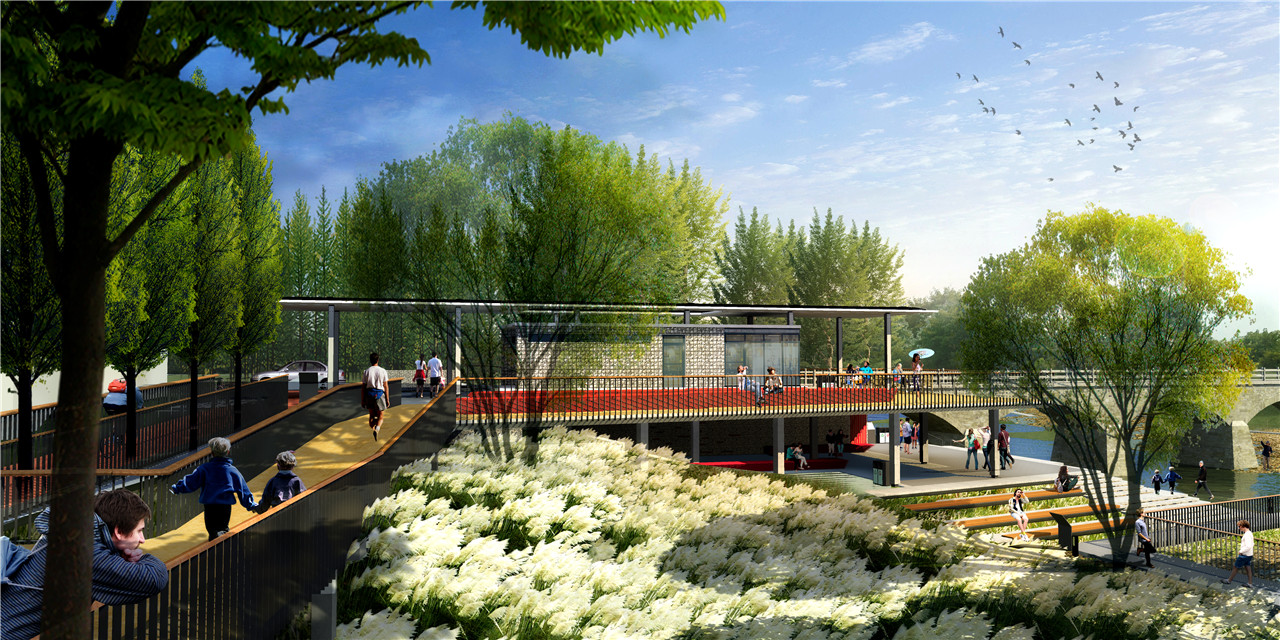Jinhua Houdaxi and Shenfanxi Green Corridor
Project Information
- Project Location:
- China Jinhua, Zhejiang
- Design Time:
- November 2016
- Client:
- Jinhua Jinxi Tourism Development Co., Ltd.
Project Profile
1. Project Statement
To make the river area more lively and integrate natural resources along its banks, the project will add water-friendly leisure facilities like walkways and rest areas over the water. The natural environment is beautiful, and the design will protect and use it fully. The landscape design focuses on three main sections: Jiangcun section of Houdaxi (22.55 hectares), Zhoutou section of Shenfanxi (13.92 hectares), and Siping section of Shenfanxi (8.95 hectares).
2. Objective and Challenge
The design aims to create recreational and ecological infrastructure while keeping the river's flood control and irrigation functions intact. The goal is to create a beautiful natural landscape for people to gather and relax, enhancing the appeal and value of the surrounding areas.
The site is located in Qiaotouhu Street, northeast of the main urban area of Ninghai County, Ningbo City, Zhejiang Province. The surroundings are mainly farmland, forests, and villages, giving it a rural feel. The river flows from east to west with a steep slope, clear water, and diverse forms. There are 27 weirs and some hardened riverbanks. The site has mainly farmland and native forests, with disorganized waterfront vegetation. The road and riverfront landscapes need improvement, and the road network is poorly connected and lacks distinctiveness.
The design should improve connections between the site, Jianlong Highway, and Wenxi River. The surrounding villages have limited links to nearby resources and lack distinctive rural charm, high-end tourist facilities, and unique industries, reducing their appeal as a tourist area.
The design goal is to create a suburban leisure and tourism area that preserves rural nostalgia and natural landscapes. The project will improve connections between Jianlong Highway, Wenxi River, and nearby resources. It will use villages to introduce businesses like guesthouses and agritourism, boosting tourism and encouraging local participation.
3. Design Strategy
- Minimal Intervention Strategy: Protect forests and fields to minimize damage.
- Character Enhancement Strategy: Organize and enhance features to create distinct identities.
- Embedded Design Strategy: Integrate facilities into the environment seamlessly.
- Sustainable Development Strategy: Improve and develop villages, introduce new businesses, and stimulate tourism.
4. Conclusion
The design will preserve existing vegetation and add leisure facilities to create an ecological park. The plan keeps the land's current use and adds infrastructure while involving locals in development. The design includes a slow-paced recreation system, ecological restoration of riverbanks, and preservation of wetlands and forests.
Once completed, the project will offer beautiful scenery on sunny days, with children playing in the woods and on elevated walkways, and young people enjoying the warm sunshine by the river. Rustic weirs and stone bridges will be scattered along the winding Wenxi River, and families can walk along fields planted with beautiful plants. The project will showcase the area's history and stories, envisioning a brighter future.
